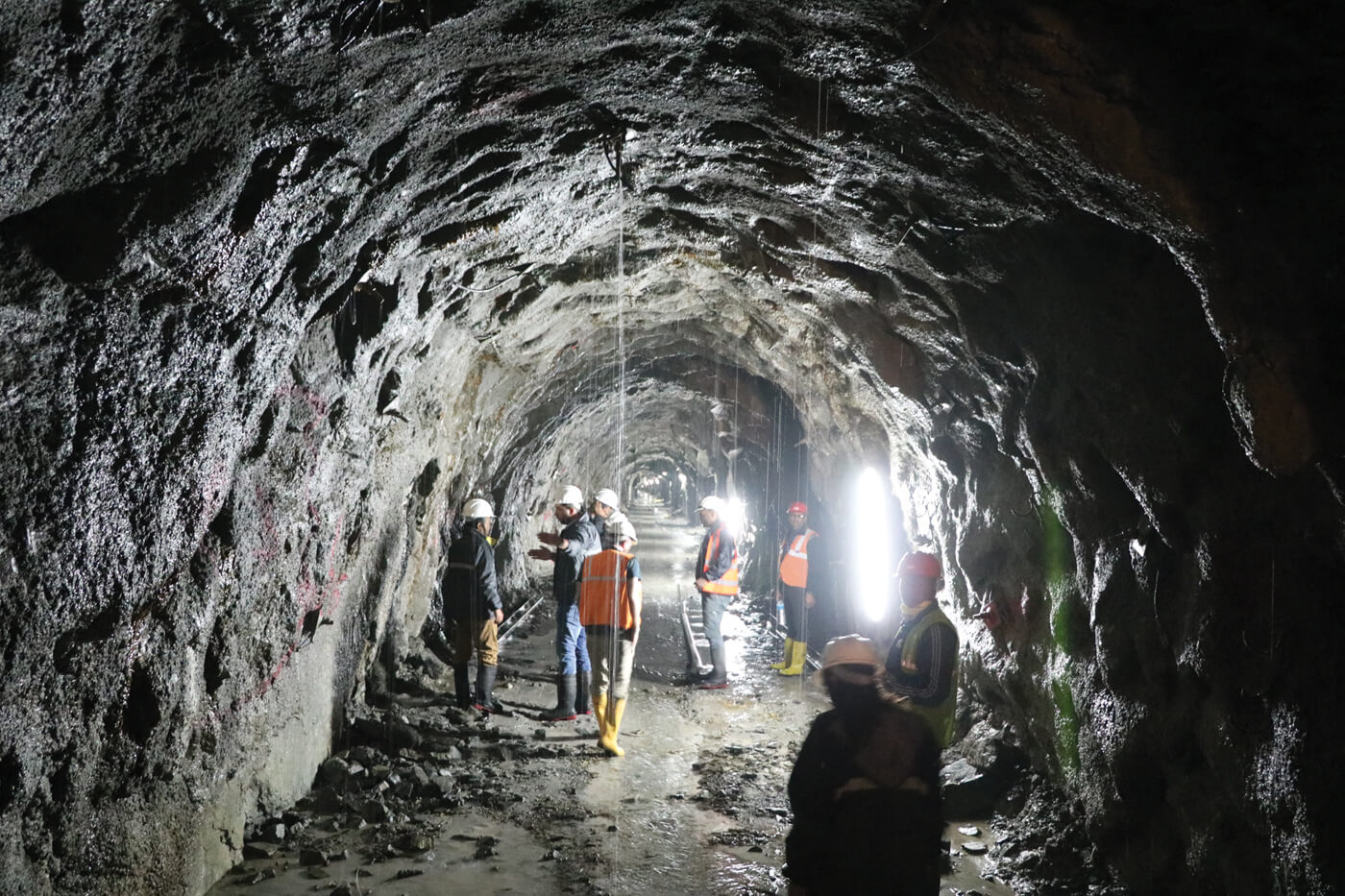Finding the nexus between water, food and energy

‘Nexus’ has become a word with a negative connotation in Nepal, used in conjunction with collusion or complicity: ‘government-business nexus’, or ‘nexus of politicians with the medical mafia’.
Nexus has a nefarious nuance because of the corrupt conspiracies that are hatched in the corridors of power between the political leadership and the captains of industry, giving democracy itself a bad name. An increasing number of Nepalis are disillusioned not just with politicians, but the system of government itself.
Multi-disciplinary social scientists Jeremy Allouche, Carl Middleton and Dipak Gyawali in their new book, The Water-Food-Energy Nexus: Power, Politics and Justice, try to reinstate the respect that the word ‘nexus’ has lost. They lay out the necessity of a multi-purpose nexus in designing and implementing development. For too long, we have maintained a tunnel vision in which hydropower was seen as only energy, drinking water only as a utility, or water only for urban supply.
Read also: Nepal must keep water on its land, Anil Chitrakar
The authors trace the history of the global nexus narrative through the standpoint of water – the substance which by its very nature has multi-pronged uses in household consumption, farming, urban utility, energy generation or ecosystem services. Although ‘nexus’ is now the theme in many academic papers and conferences, the need to take a holistic look at development outcomes has not ‘trickled up’ to decision-making levels of governments and multilateral agencies.
The reason for this is simple: silo-ed thinking, turf tussles and narrow departmental horizons embedded in our political structures. How to come out of the confines of such flawed development planning is the theme of this book, and thankfully there are examples of where things have gone wrong, and how they could have been set right.
Chapters by former Minister of Water Resources and energy economist Dipak Gyawali are especially interesting for us in Nepal. How we goofed on Kulekhani and Melamchi by looking at them solely as energy or drinking water schemes respectively. Gyawali provides the example of how nexus-thinking could have turned Melamchi into a multipurpose project. He writes: ‘Silo-ed, de-nexused thinking is not only the bane of developing countries, but also international development agencies.’
Widening the diameter of the tunnel to 5m, and sourcing waters from Yangri, Larke and Balephi could have augmented the dry season flow of the Bagmati to irrigate 30,000 hectares in Sarlahi and Rautahat and generate 190MW of electricity, while supplying adequate drinking water for Kathmandu Valley. But successive governments and donor officials designed a project that has been delayed by decades so that by the time it is completed it will not even meet present water demand.
The latest scandal in which a government secretary tried to extort Rs50 million from the Italian contractors will delay the project by at least more four years, and possibly cost the nation Rs5 billion in compensation.

Given this example, one could say that nexus thinking is alive and kicking in Nepal – but only when it comes to corruption, extortion and inter-departmental plunder. The authors argue that inter-sectoral planning needs the vision and political will of rulers to look at water-food-energy from diverse viewpoints. This is even more important now because the structural problems Nepal has had to grapple with are made more urgent because of the climate crisis.
‘Integrating water security with agriculture, energy production and climate concern... provide a better transition toward greener economies and the wider goal of sustainable development,’ write the authors.
Nature conservation has dispossessed the marginalised, worsening inequality in Nepal. Policies that cross-cut socio-ecological concerns, biodiversity, community action, and forestry science would allow us to address the second-generation problems that Nepal’s conservation efforts are undergoing.
Much of the book sounds dry and turgid. For instance, only inter-disciplinary scientists could come up with a sentence like ‘A multi-dimensional means of scientific enquiry which seeks to describe the complex and non-linear interactions between water, energy, food, with the climate, and further understand wider societal implications’.
Translation: ‘Look at things holistically.’ And that could be the most important take-away for decision-makers and donor agencies involved in Nepal’s development.
writer
Kunda Dixit is the former editor and publisher of Nepali Times. He is the author of 'Dateline Earth: Journalism As If the Planet Mattered' and 'A People War' trilogy of the Nepal conflict. He has a Masters in Journalism from Columbia University and is Visiting Faculty at New York University (Abu Dhabi Campus).




